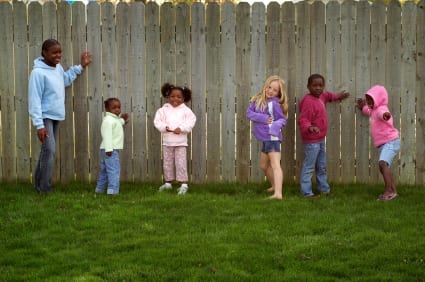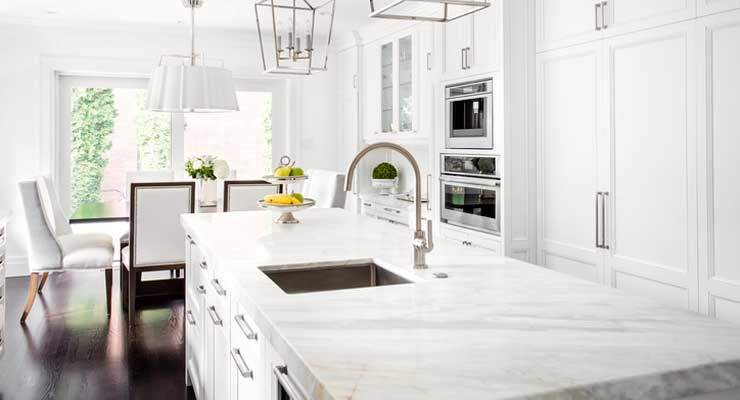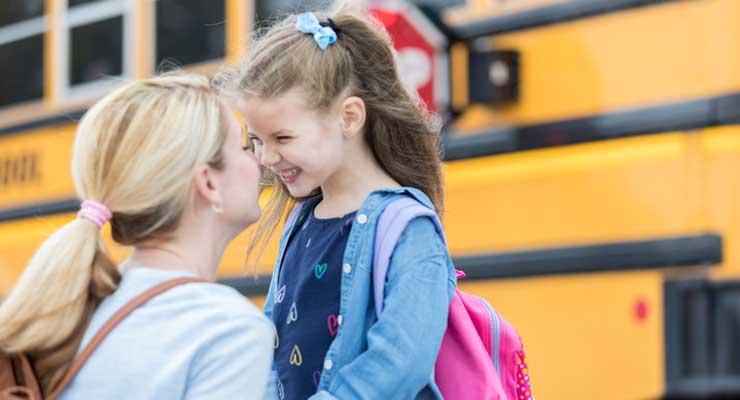 Back in June, I had great plans to start a series of articles about our journey to expand our family.
Back in June, I had great plans to start a series of articles about our journey to expand our family.
The first article came out and I couldn’t have been happier about it, but kids, summer break, and life simply got in the way, plus the drama of adopting children had reached a place in our lives where we questioned ourselves, but I’ll get to that in another article.
As we started our search for the child to bring into our family, my husband and I had a different opinions of what we’d hoped to find.
He wanted a son to help balance out the estrogen-testosterone ratio in the house, but a child who was the same age or older than our seven-year-old daughter. I didn’t like that idea. I wanted to keep the birth order and I felt uneasy with bringing in an older child, especially one that had been through the ringer while waiting to be adopted.
As we weighed the ideas of adopting privately, internationally, or domestically, we each researched, asked questions, tried to get others who’d adopted or been adopted to help answer our queries.
What we found was more questions and at times, a whole lot of frustration.
We looked over every website – Adoption.com, Adopt Us Kids, The Dave Thomas Foundation (Founder of Wendy’s), and the local heart galleries as well as every single states adoption sites. International sites from China, Latin America, the former Eastern Block showed us children who were up for adoption. Smiling faces on every page, children who needed homes, good, safe, and loving homes and it broke my heart. I wanted to take all of them, but yet, I could help but feel like I was “shopping for a child.”
“What about a newborn? Certainly there’s a girl out there who’s considering giving her baby up for adoption,” I asked my husband. “We live within a 100 mile radius of about ten colleges and universities. Certainly there’s some girl on a college campus who’s pregnant and considering adoption.”
He hesitated. “A newborn? I don’t know if I want to start all over again. I’ll be fifty in two years.”
We’d talked to those who’d gone the private adoption route. It could be extraordinarily expensive and there was no guarantee the mother would actually give up her child. In Texas, parents can’t sign the relinquishment papers before forty-eight hours of the baby’s birth and they have to sign by day ten.
Plenty of time for a new mother and/or father to change their minds.
Still, we didn’t cross off any avenue. I called all the private adoption agencies in town. A few wouldn’t talk to us because we had two biological children. “We don’t deal with parents who can get pregnant,” a woman told me.
“We’ve had two miscarriages,” I explained.
“Doesn’t matter. We only deal with couples who can’t have their own children.”
I thought to myself, what you mean is that you deal with especially desperate couples. I could only imagine what they charged these want to be parents. My heart broke for those who couldn’t even conceive and felt they were at the mercy of groups like this.

I called Project Cuddle and talked to one of the volunteers. She said it wasn’t always a situation where a woman called and wanted to give up her baby right then. It could be a woman in the late stages of her pregnancy who needed support, both financial and emotional.
“How much does it cost?” I asked.
“Depends on the needs of the mother,” the volunteer explained. “But you aren’t required to give the mother anything, just cover the costs of the medical ends of the pregnancy and the baby. Medicaid covers most of it, but many of the parents also give the mother things like maternity clothes, drive them to OB visits, and at times, go with the mothers to tell their families.”
As honorable of an organization it was, this wouldn’t be the avenue we were comfortable with since the costs were “to be determined.” That could be a few thousand to tens of thousands.
Again, we were back to looking at a non-newborn.
We quickly ruled out international adoption. The time alone made it impossible for my husband to be off work. We couldn’t be gone for two to three weeks and make multiple trips to another country for a child when we had our two here to care for and again, the costs were more than we could spend.
I began to realize that there’s a business in adoption. I understand the legal costs to a point, but if a biological parent truly wants a child to have a good home, why is it so expensive?
It seemed wrong to me that fantastic people were being charged huge amounts of money to give a child a better chance in the world.
Back to the websites and the same sweet faces looked at us.
Every page, I’d ask, “It is you? Are you the one?” At times, I’d wear myself out looking over the same photos, re-reading the same stories and feeling ill that so many children had been through all these episodes of trauma – losing their families and the uncertainty of being placed.
We bought $100 of books about adoption, including actress’ Victoria Rowell’s The Women Who Raised Me in hopes of understanding the process of adoption through the child’s eyes and what path we needed to take to find our child.

(“The Women Who Raised Me” by Victoria Rowell)
I talked to my cousin, who’s adopted and recently found his bio family. He said, “Get everything you can about the child’s history so they don’t have to fill out, “unknown” for family medical history.” That idea hadn’t even occurred to me.
After deciding on adopting a child out of the foster care system, we reviewed the sites again, but ran into another roadblock.
Page after page of children, boys between the ages of six and twelve came up and all said the same thing: needs to be youngest or only. Youngest or only… we’d read over and over again.
Sibling groups of two, three, or four children looked promising because of how the younger children would stairstep into ours, but again, it concerned us to bring in children older than our own. Was it fair to our children to bring in not only older children, but have them be outnumbered by the newer ones?
Was it fair to the older adoptive children to expect them to watch our younger children for guidance or would it be a disaster waiting to happen?
The thing was, no matter who we chose, my husband and I were in it for the long haul. We wanted to make sure of two things: the child(ren) was (were) a good match for us and we were a good match for the child(ren). These kids had been through enough without adding a failed placement to their list.
As for our two daughters, they were completely on board with having a brother, but our older really didn’t want anyone older. She didn’t want to “give up being the oldest,” which I could understand.
My husband, being the youngest, said, “If we find the right kid, she’ll adjust and it’ll be fine.”
Still, all we read was “needs to be youngest or only.”
For months we looked until we realized we weren’t going to get anything done without starting the paperwork.
As we poured through the applications, we saw we needed references.
I looked at my husband. “Well, I guess it’s time to tell the family.”





